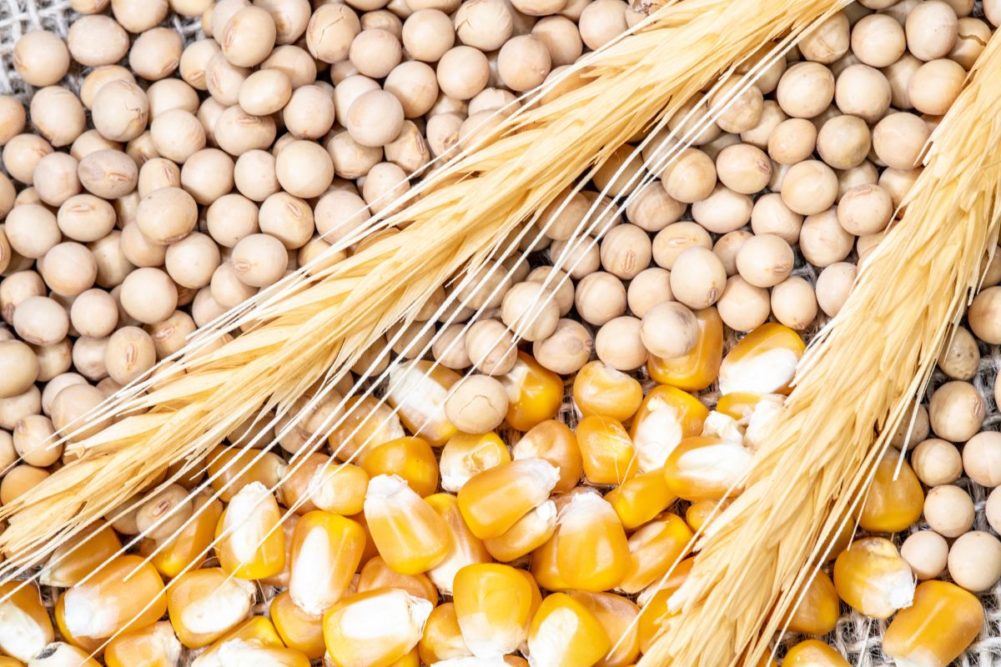DENVER, COLORADO, US — The US agriculture industry continues to face economic headwinds with lower grain and oilseed prices coupled with elevated farming costs, according to a new quarterly report from CoBank’s Knowledge Exchange.
Higher-than-expected totals on corn acreage and stocks will provide a buffer against any losses from recent flooding in Iowa, Minnesota and South Dakota. Planted corn acreage was reported at 91.48 million acres, above expectations and 1.6% higher from March, the US Department of Agriculture (USDA) said at the end of June.
“Historic flooding in key corn-growing regions likely will result in lower harvested acreage and lower yields,” said Tanner Ehmke, lead economist for grains and oilseeds at CoBank. “The US corn crop also risks yield losses from extreme heat this summer.”
Soybean crush continues to reach record highs, but record imports of canola, tallow and used cooking oil have softened soybean oil prices and weakened crush margins. Meal exports are at a historic high with foreign buyers taking advantage of the record crush amid a slower pace in Argentina, Ehmke said.
However, soybean exports are struggling as a strong dollar and record South American harvest are discouraging sales. China was a major buyer of old-crop soybeans but is absent in new-crop sales, he said.
“Rising trade tensions with the US following the Biden administration’s imposition of new tariffs on Chinese products — and now greater uncertainty over trade policy under a potential return of former president Donald Trump to the White House — may be discouraging new-crop sales in anticipation of greater trade disruptions ahead,” Ehmke said.
The US wheat harvest is moving at a fast clip with farmers reporting much better yields than last year’s crop, he said.
The USDA reported June 1 wheat stocks at 702.6 million bushels, up 23% year-over-year.
The world wheat stock-to-use ratio is historically tight with Russia’s wheat crop down 9.3%, India lifting its import tax on wheat and Turkey banning imports through mid-October.




